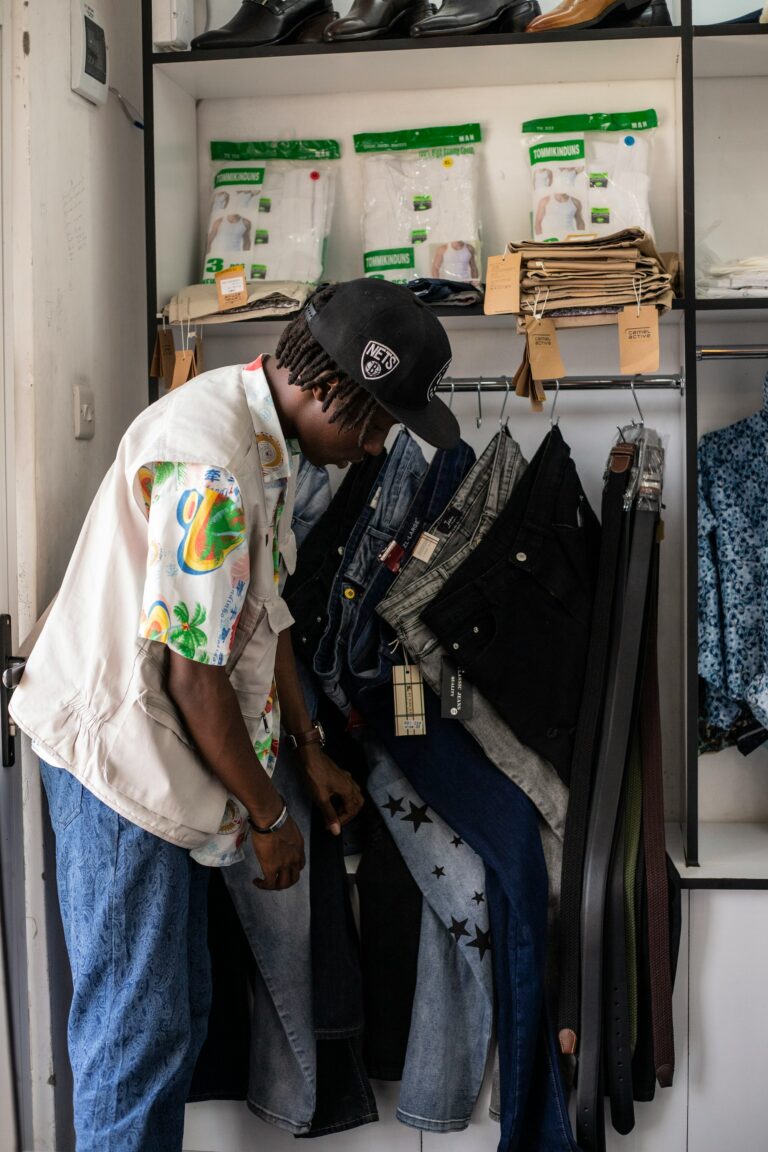There’s no reason a graphing calculator for advanced high school math should be over $75.
The Back-to-School Financial Dilemma for Parents
Parents often find themselves caught in a love-hate relationship with the back-to-school season. While the return of school provides a much-needed break from the perpetual need to entertain children, the financial burden of new clothes and school supplies can hit hard. With the expected spending for students in elementary through high school averaging around $858.07, families are bracing for a total expenditure of $39.4 billion this year, as reported by the National Retail Federation (NRF).
Understanding Back-to-School Expenses
The high costs of back-to-school shopping can vary significantly from family to family based on factors like cost of living and individual financial circumstances. While expenses like clothing, textbooks, and electronics can easily accumulate, many families struggle with budgets that can’t accommodate the average spending of $1,300 each summer. Nonetheless, children still require supplies and new clothes, prompting the question: how can parents make back-to-school shopping more affordable?
Strategies to Save Money on New Clothes
One effective way to ease the financial strain is to explore secondhand and vintage stores for clothing. Thrifting has gained popularity among teenagers, especially those in eighth grade and up. Shopping for used clothes not only saves money but also offers a unique and stylish wardrobe upgrade. Additionally, it supports local businesses and reduces the environmental impact associated with fast fashion. Many thrifted items are durable enough to last through multiple school years, making them a smart choice for parents.
Smart Approaches to Textbook Costs
Textbooks can be one of the largest financial burdens when sending kids to college, often adding up to an average cost of around $1,250 per semester. Purchasing or renting textbooks from school bookstores can be prohibitively expensive. Instead, parents should consider using resources like BookFinder.com, Chegg, Amazon, and SlugBooks to find used or rental options. Waiting until the first day of class to confirm which textbooks are truly necessary can also prevent buying recommended books that aren’t essential.
Leveraging School Resources for Technology
As technology becomes increasingly integral to education, having access to the right devices is essential. Parents often feel pressured to provide their children with individual laptops or graphing calculators, which can range from $75 to $140. However, many schools now offer Chromebooks for student use and have a stock of graphing calculators available for borrowing. By utilizing these school resources, parents can save money while still ensuring their children have the tools needed for subjects like statistics and calculus.
Maximize Supplies with Reusable Materials
When it comes to stationery, it’s easy to feel obliged to purchase new single-subject notebooks for every class. However, a practical alternative is to buy a large five-subject notebook or reuse ones from the previous year. This not only saves money but also helps keep related subjects organized, allowing students to reference past notes as needed. Reusing materials is a sustainable choice that benefits both the environment and family budgets.
Conclusion: Smart Spending for Back-to-School
Finding ways to make back-to-school shopping more affordable can significantly ease financial stress for families. By opting for secondhand clothing, renting or purchasing used textbooks, leveraging school resources for technology, and maximizing stationery use, parents can effectively manage their spending without compromising their children’s educational needs. With careful planning and smart shopping strategies, this back-to-school season can be both manageable and budget-friendly.

